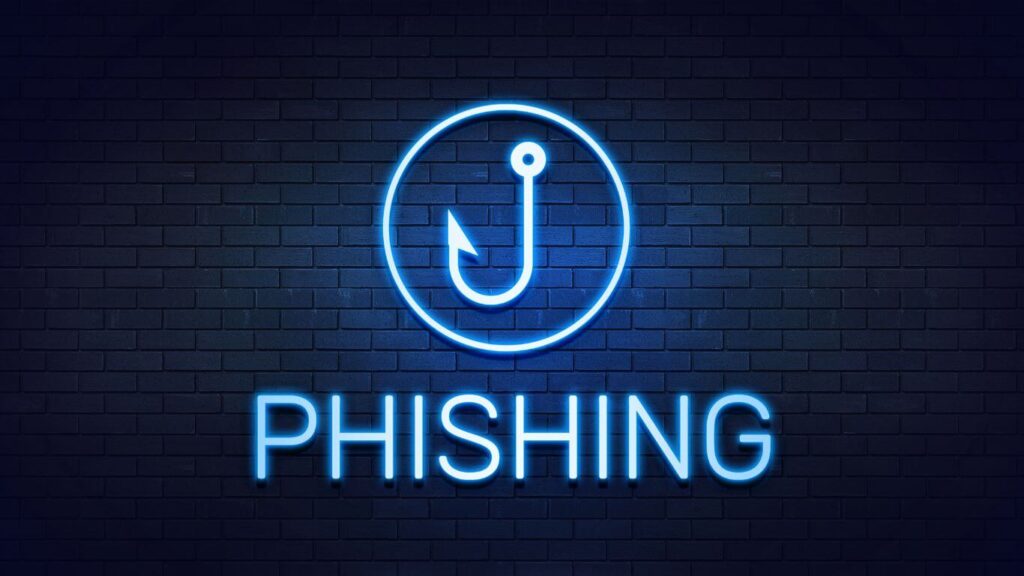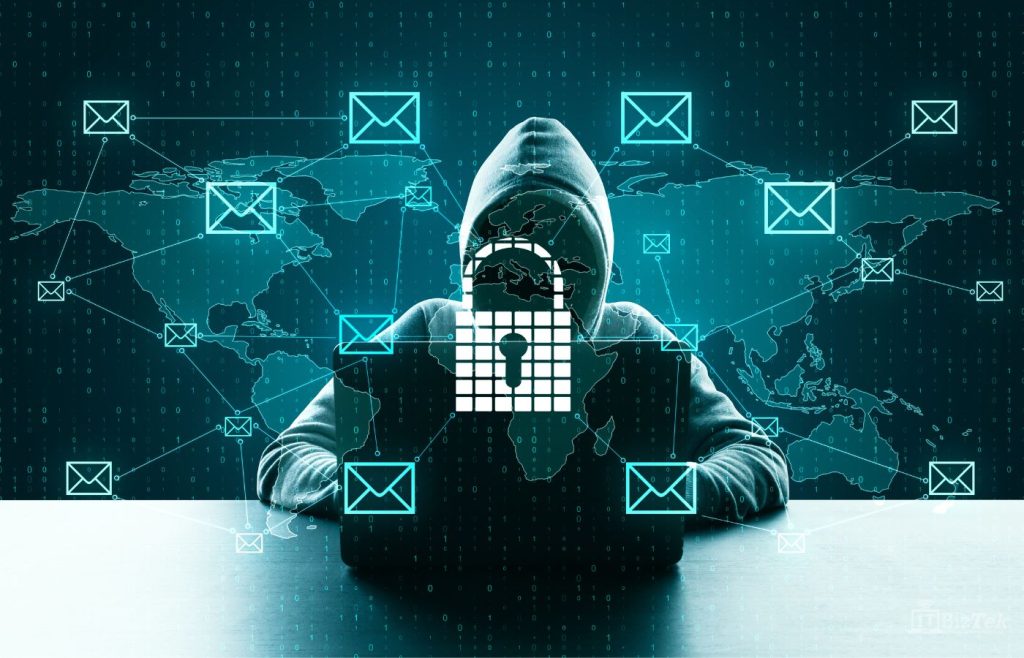In today’s digital landscape, businesses face a relentless threat, phishing attacks. These cybercrimes are designed to exploit human vulnerability and trick individuals into divulging sensitive information or clicking on malicious links. With nearly 1.5 million new phishing sites created each month, businesses need to be equipped with the knowledge and tools to defend against this pervasive threat.
Understanding Phishing Attacks
Phishing attacks are cybercrimes where cybercriminals impersonate legitimate entities to deceive users into revealing confidential information, downloading malware, or taking actions that compromise security. These attacks typically take the form of emails, messages, or websites that appear genuine, enticing users to click on malicious links or provide sensitive data.
Various Types of Phishing Techniques
Email Phishing
Scammers send emails that mimic legitimate sources. By cleverly inserting persuasive language or mimicking well-known organizations, attackers coerce users into divulging confidential information or innocently clicking on links that harbour malicious intent.
Spear Phishing
Precision is the goal of spear phishing, attackers tailor their assaults to specific individuals within an organization. Complete with personal information, these attacks appear more credible and carry a higher risk of success.
Whaling
By impersonating authoritative figures, cybercriminals trick lower-level employees into divulging sensitive information, setting the stage for a cascade of damage.
Domain Spoofing
Attackers employ deceptive domains, skillfully mimicking legitimate companies. The unsuspecting users are led to believe they are interacting with trustworthy sources when, in reality, they are stepping into a trap.
Pharming
Exploiting malware’s power, pharming redirects users to counterfeit websites after infecting an organization’s server. This surreptitious maneuver lures victims into a false sense of security, only to be ensnared in a web of deception.
Search Engine Phishing
Harnessing the power of search engines, scammers manipulate results to lead users to seemingly authentic websites. Unknown to users, these sites are cleverly concealed traps designed to compromise security.
Angler Phishing
By using social media, angler phishing casts a wide net. Cybercriminals pose as customer support representatives or brands themselves, adeptly snaring users into revealing login credentials.
Vishing and Smishing
Vishing and smishing deploy voice calls and text messages to trick users into revealing personal information or, worse yet, buying gift cards for imaginary purposes.
Impact Phishing Attacks Have On Businesses
Data Breaches and Financial Losses
Phishing attacks, like well-executed heists, can breach the digital vaults of your organization, compromising sensitive data and intellectual property. This breach often results in substantial financial losses, draining resources that could be better allocated elsewhere. The ripple effect of lost revenue can cripple even the most resilient of businesses.
Brand Reputation in Jeopardy
A single successful phishing attack can shatter the trust that customers, partners, and stakeholders place in your brand. The stolen data, manipulated interactions, and compromised security paint a grim picture in the eyes of the public. This erosion of trust can send shockwaves through your business, potentially leading to customer exodus and irreparable reputation damage.
Legal and Regulatory Consequences
Phishing attacks trigger a domino effect of legal and regulatory consequences. Breach of confidential customer data not only incurs hefty fines but also triggers legal actions that further tarnish your business image. Navigating the intricate maze of compliance becomes an uphill battle, diverting resources and focus from growth initiatives.
Operational Disruption
Phishing attacks disrupt business operations on multiple levels. From the need to contain and investigate the breach to the subsequent overhaul of security protocols, these attacks demand immediate attention. The time and resources dedicated to damage control divert focus from core activities, affecting productivity and profitability.
Diminished Customer Loyalty
Loyal customers are the lifeblood of any business. A successful phishing attack can compromise customer information, leading to unauthorized access, unauthorized transactions, and even identity theft. This breach erodes the trust that customers place in your ability to protect their sensitive data, potentially severing long-standing relationships.
Identifying and Preventing Phishing Attacks
Educate Your Workforce
The first line of defence against phishing attacks is a well-informed workforce. Regular training sessions that focus on recognizing phishing attempts and staying updated on the latest scams and techniques are pivotal. By cultivating a culture of awareness, your employees can become adept at spotting suspicious emails, links, and messages, thereby drastically reducing the chances of falling victim to these cunning attacks.
Check URLs and Links
Phishing attacks often hinge on deceptive URLs and malicious links. Arm yourself with the habit of hovering over links before clicking on them. This simple action can reveal the actual destination URL, allowing you to discern whether it’s legitimate or a potential threat. Utilize link lengtheners to unveil the complete URL path, ensuring transparency. Always verify the presence of HTTPS in the URL, a telltale sign of a secure website protected by an SSL certificate.
Exercise Caution with Emails
A discerning eye is your greatest asset when confronting phishing attempts via emails. Scrutinize emails for any unusual language, awkward grammar errors, and unexpected urgency. Cybercriminals often rely on urgency to create panic and encourage immediate action. By being vigilant, you can spot these telltale signs and avoid falling into their traps.
Implement Multi-Factor Authentication (MFA)
Multi-Factor Authentication (MFA) is a formidable weapon in your arsenal against phishing attacks. By requiring users to provide multiple forms of verification for logins, such as a password and a unique code sent to their mobile devices, you add an additional layer of security that makes unauthorized access significantly more challenging for attackers. Check out our blog “Strong Passwords and Phishing Scam Awareness Keep Your Business Secure” for more information.
Regularly Update and Patch Software
The importance of keeping your software, applications, and systems up-to-date cannot be overstated. Cybercriminals often exploit vulnerabilities in outdated software to launch phishing attacks. Stay ahead of the curve by promptly installing the latest security patches. Regular updates not only shield your systems from known vulnerabilities but also ensure you’re fortified against emerging threats.
Install Reliable Firewalls and Anti-Phishing Tools
To bolster your defence against phishing attacks, robust firewalls and anti-phishing tools are essential. These tools act as sentinels, continuously monitoring and analyzing incoming traffic for signs of malicious activities. By promptly detecting and blocking phishing attempts, these tools provide a critical layer of protection that can mitigate the risks of data breaches and compromises.
ITBizTek: Your Partner in Phishing Protection
At ITBizTek, we stand as your cyber security partner for phishing protection. In the ever-changing landscape of cyber threats, our specialized IT consulting services offer a shield for your business. With our team of talented cybersecurity professionals, we provide tailored solutions for your business that take a proactive approach to online protection. With ITBizTek by your side, you can navigate the complexities of phishing threats with confidence and secure the future of your business.










